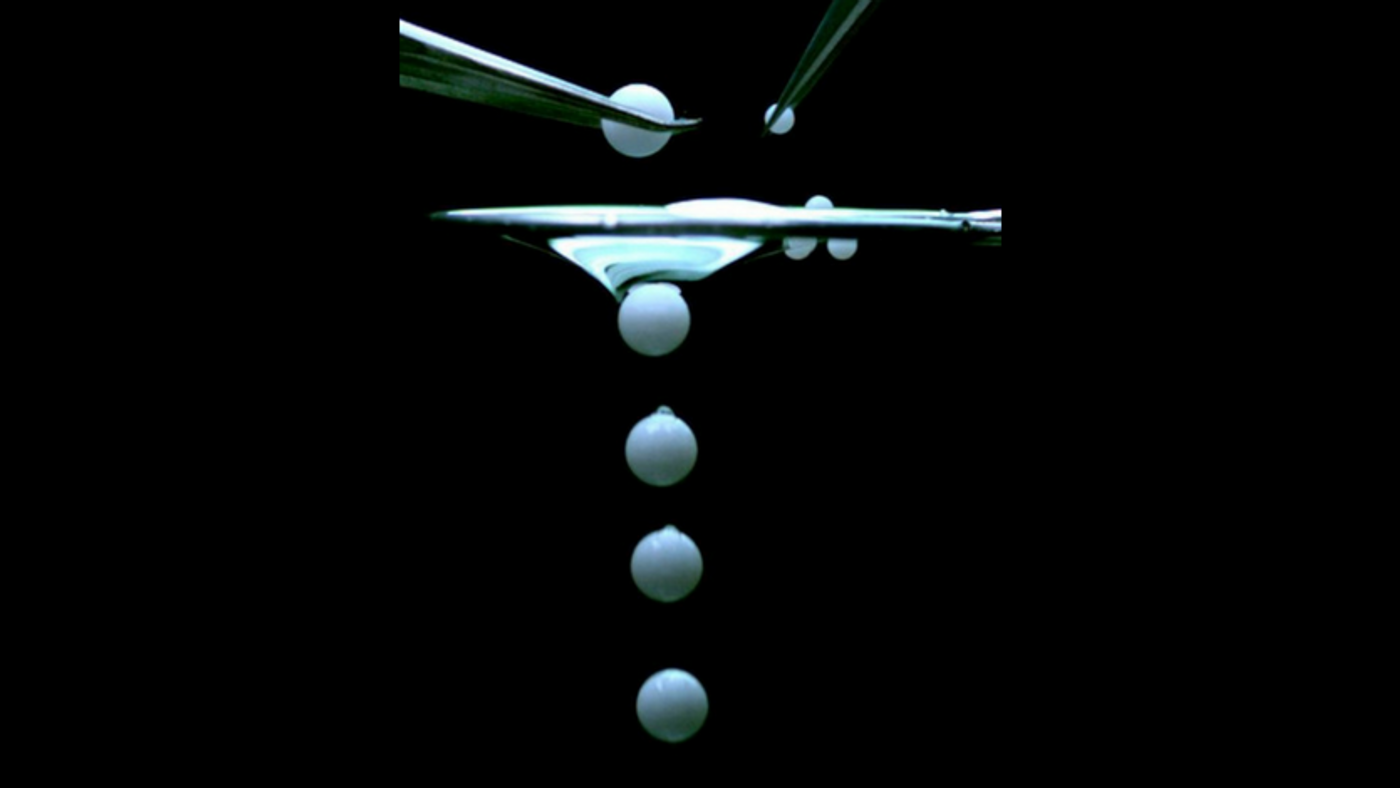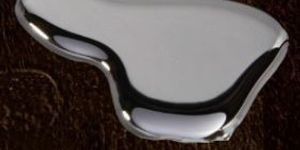This Liquid Filter Does the Opposite of What Regular Filters Do
Regular filters, often made of porous solid materials, either trap solids mixed in with fluid, or big molecules and let small ones go through. But a bio-inspired self-healing liquid membrane filter, invented by a team of Penn State University scientists, can do the opposite: it blocks small particles but allows big ones to go through.
Their ingenious design is a membrane made of water and a soap-based surfactant. In fact, their used a simple soap film as their prototype. The surfactant stabilizes the interface between liquid and air, forming a structure similar to the phospholipid bilayer of a cellular membrane.
Cellular membrane is capable of blocking small, polar molecules and transporting certain large ones, such as glucose and peptides, through either facilitated diffusion, which is a passive process assisted by transmembrane proteins, or active transport, an energy-consuming process.
The liquid membrane filter developed by the Penn State team relies on an unconventional force for separation--surface tension. Only particles that carry big enough momentum can pass through the surfactant-coated membrane. Under the same pass velocity, particles with different mass will wound up in the different side of the filter: the heavy, big ones pass right through while the small, light ones get stuck on the membrane.
Inspired by biological membranes, materials scientists have been experimenting with cell membrane-like structures that contain phospholipid and proteins, with an intention to build novel filtration apparatus. Earlier this year, researchers at the National Center for Scientific Research (or CNRS) in France developed a type of lipid-based membranes with chiral channels formed by histamine derivatives. These artificial channels only allow water molecules to go through and block everything else, creating a highly specific and effective water filter.
So what kind of real-world applications can this liquid membrane be used in? In their study, the Penn State researchers tested its ability to block flying bugs and particulates of different sizes and nature. The seemingly fragile membrane managed to trap insects like houseflies, mosquitos, and fruit, as well as dust and pollens, but allow honey bees, which have a heavier and faster-traveling body, pass through.
The experiments demonstrated that the membrane can be used as a surgical film to keep a small area clean in the environment where no proper medical infrastructures are available. What's more, due to its liquid nature, the membrane is sealing itself after large objects like surgical tools go through, creating a convenient yet highly effective containment.
Speaking about the potentials of their invention in a news release, Dr. Tak-Sing Wong, the lead investigator and assistant professor of mechanical and biomedical engineering said: "The membrane filter could potentially prevent germs, dust or allergens from reaching an open wound, while still allowing a doctor to perform surgery safely. This membrane could make this possible."
The findings in their study were published in the journal Science Advances.
This improbable membrane can trap flies in a jar—and odor in a toilet (Science Magazine)
Source: Penn State University/Phys.org









